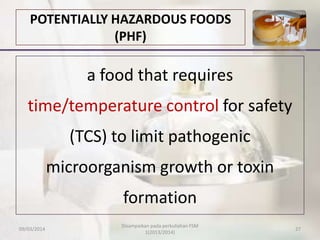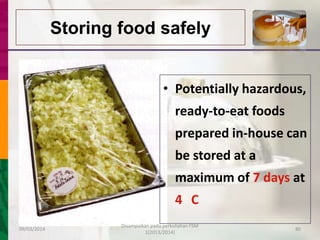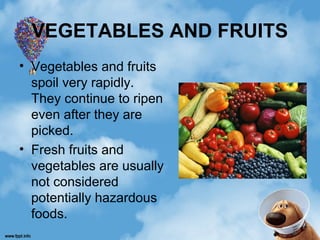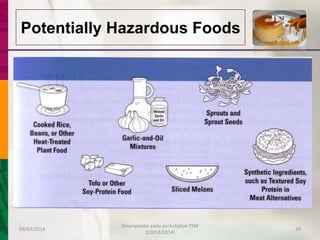potentially hazardous foods must be stored
Chemicals medications and other hazardous substances should be stored. All foods need to be stored in clean and covered food grade containers or wrapped in a protective covering such as.
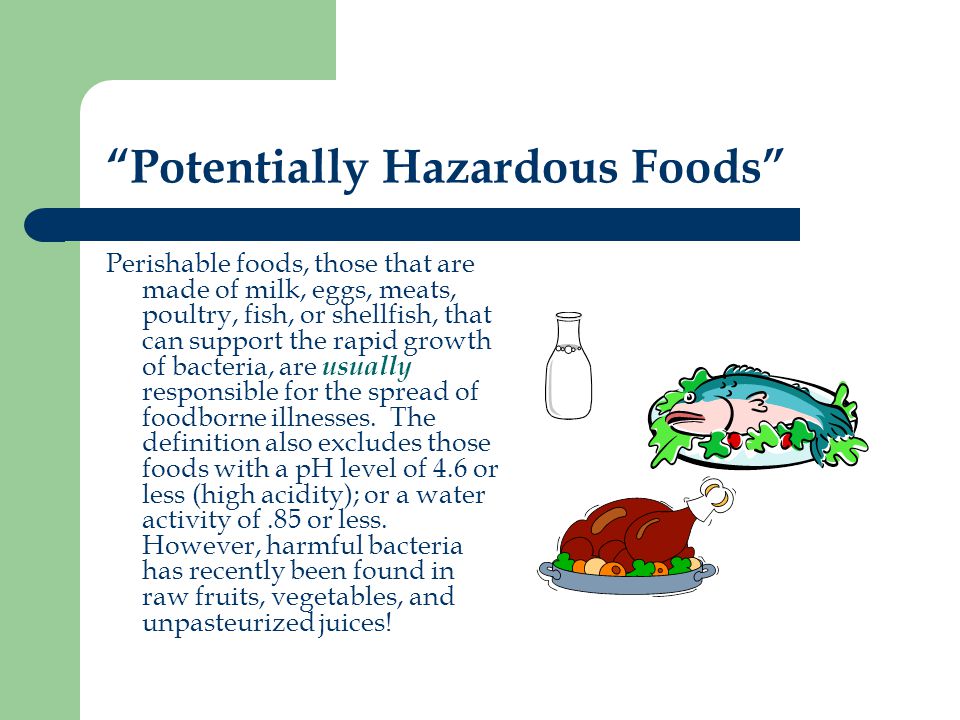
Food Sanitation And Safety Preventing Food Borne Illness Ppt Video Online Download
Potentially hazardous food is a defined concept identifying foods to be maintained at certain temperatures to minimize the growth of any pathogenic microorganisms that may be present in the food or to prevent the formation of toxins in the food ANZFSC Standard 322 cl.
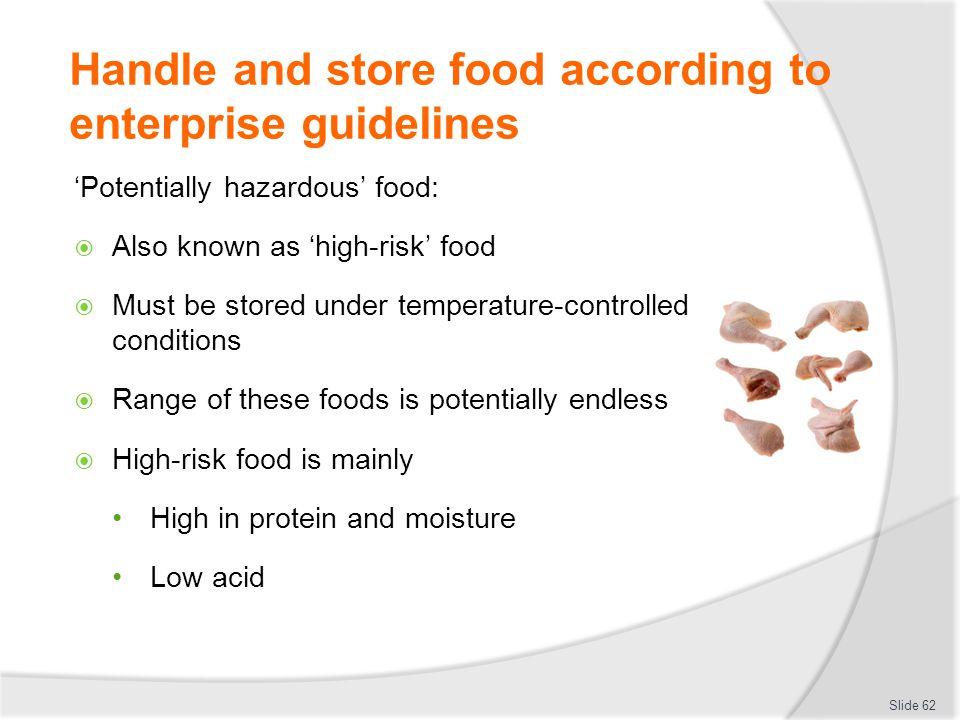
. The Australian requirements for the storage and display of potentially hazardous foods are. Examples of potentially hazardous foods include. Proper temperature must be maintained during food storage and transport.
Dairy products such as milk custard and dairybased desserts. Potentially hazardous food should also be cooled and reheated quickly and prepared in as short a time as possible. Potentially Hazardous Food All potentially hazardous food should be kept below 41 o F for cold foods or above 135 o F for hot foods except.
PHF must be stored and displayed below 5C or above 60C PHF must be thrown out if stored or displayed at temperatures between 5 and 60C more than four hours PHF must be used immediately if stored or displayed between 5 and 60C for. Seafood excluding live seafood processed. Potentially hazardous food is a defined concept identifying foods to be maintained at certain temperatures to minimize the growth of any pathogenic microorganisms that may be present in the food or to prevent the formation of toxins in the food ANZFSC Standard 322 cl.
Safe Cold Storage Here are some basic food safety principles for the cold store. On top of the ice machine unit b. Dispose of any food remaining at the conclusion of the event.
Examples of potentially hazardous foods include. High School Graduation Requirements. Do not handle or prepare food for others.
Potentially hazardous TCS ready-to-eat food prepared on-site may be stored in a cooler for up to seven days as long as the maximum internal food temperature is. Potentially hazardous food must be kept out of the danger zone. Potentially hazardous food must be stored at 41F or below or _____F or above.
Anywhere in the kitchen as long as they are not in use. Foods are accordingly assessed to be of high medium or low risk based on the potential to contain. A Call to Action.
Stored under temperature control from delivery through to cooking and transportation. If making ice cream you must start with a pasteurized liquid ice cream mix. Potentially hazardous foods should be kept at 5 C or colder or above 60 C wherever possible however ready-to-eat foods can safely remain between 5 C and 60 C for up to 4 hours.
Equipment must be capable of maintaining proper food temperature at all times. To store potentially hazardous foods at a Multi-Day event IF the food is stored overnight in a commercial refrigerator onsite or an approved commissary a signed commissary agreement must be submitted with the application iii. 0ºF - 135ºF b.
Potentially hazardous foods in the refrigerator storage must be discarded when the temperature is. This is because it takes more than 4 hours for food poisoning bacteria to grow to dangerous levels. The simplest way to meet the requirements is to ensure that potentially hazardous food is received stored displayed or transported either very cold 5C or colder or very hot 60C or hotter.
41ºF - 150ºF d. Each may pose hazards to human health. 41ºF - 135ºF c.
Potentially hazardous food must be stored at 5C or colder to prevent bacteria from multiplying. 1976 Food Service Sanitation Manual and the 1982 Retail Food Store Sanitation Code clarified that the food must be in. Fruit and vegetable juices must be treated to kill bacteria.
Hot foods placed in refrigerator. Critique of FDAs potentially hazardous foods definition18. Potentially hazardous foods must be held at 41 degrees Fahrenheit or less for cold-holding.
5 - Observed no thermometers for reach-in coolers located in front of the store. 5 - Observed PHF at 46 F for juice reach-in cooler and sandwich reach-in cooler located at front of the store. Temperatures between 5C and 60C allow bacteria to multiply quickly.
Raw and cooked meat or foods containing meat such as casseroles curries and lasagne. The most common sunscreens on the market contain chemical filters. Flavorings toppings and marijuana infusion.
Potentially hazardous foods must be used immediately if stored or displayed between 5ºC or 60ºC for between 2 and 4 hours. Potentially hazardous food Potentially hazardous foods are foods that must be kept at 5C or colder or at 60C or hotter to minimise the growth of food poisoning bacteria that may be in the food or to stop the formation of toxins. This is because it takes more than four hours for food-poisoning bacteria to grow to dangerous levels.
Foods are accordingly assessed to be of high medium or low risk based on the potential to contain. All potentially hazardous foods must be kept at 41 F or below. Although potentially hazardous food should be kept at 5C or colder or 60C or hotter wherever possible this food can be safely between 5C and 60C provided it is between these temperatures for less than four hours.
Potentially hazardous foods need to be stored in the cool room Raw food and from HLT47315 HLTWHS003 at Holmesglen Institute of TAFE. Potentially hazardous food potentially hazardous foods are foods that must be kept at 5c or colder or at 60c or hotter to minimise the growth of food poisoning bacteria that may be in the food or to stop the formation of toxins. Informed operator of monitoring coolers for danger zone temperatures.
Potentially hazardous foods should be kept at 5 C or colder or above 60 C wherever possible however ready-to-eat foods can safely remain between 5 C and 60 C for up to 4 hours. The danger zone is between. Raw and cooked meat or foods containing.
Or for non-potentially hazardous foods like soda condiments raw vegetables.

Apply Standard Safety Procedures For Handling Foodstuffs Ppt Download
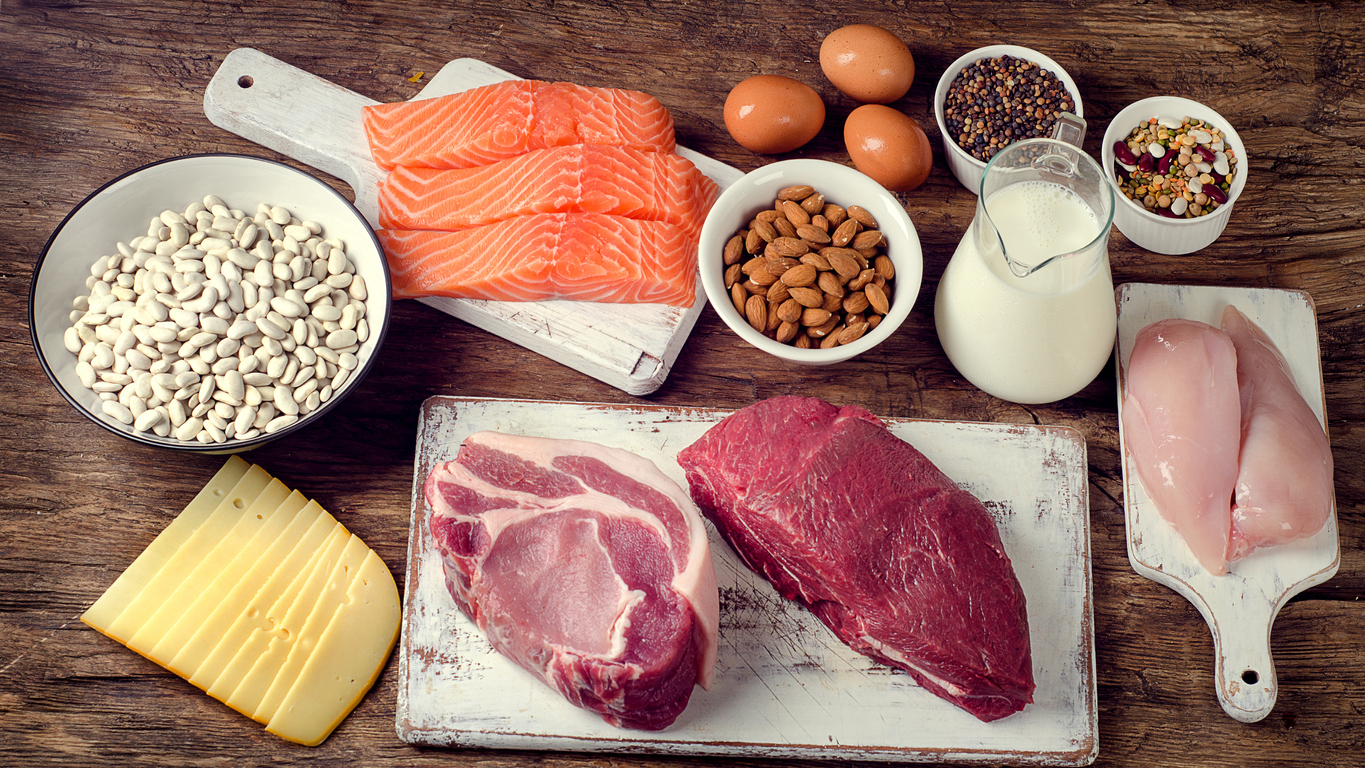
Potentially Hazardous Foods Health And Wellbeing Queensland Government

Lockout Tagout Poster Workplace Safety Slogans Occupational Health And Safety Workplace Safety

Learning Module Cookery Grade 10 Cookery Learning People Skills
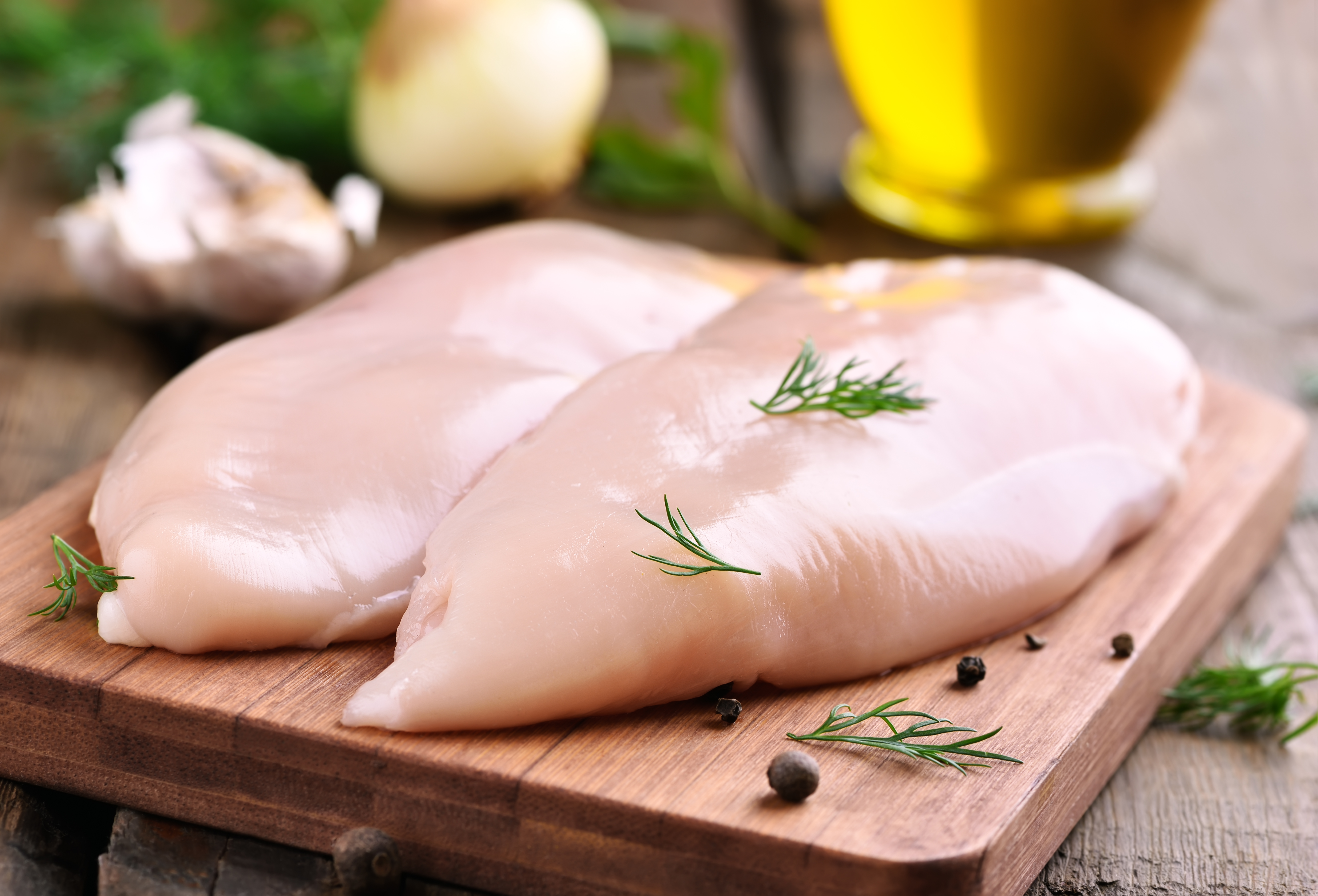
List Of Potentially Hazardous Foods
Food Safety Asotin County Health District

Storage 97 Types Of Storage Refrigeration Freezer Dry Storage Food Cleaned And Sanitized Equipment Chemicals Ppt Download

The Flow Of Food Service Ppt Video Online Download
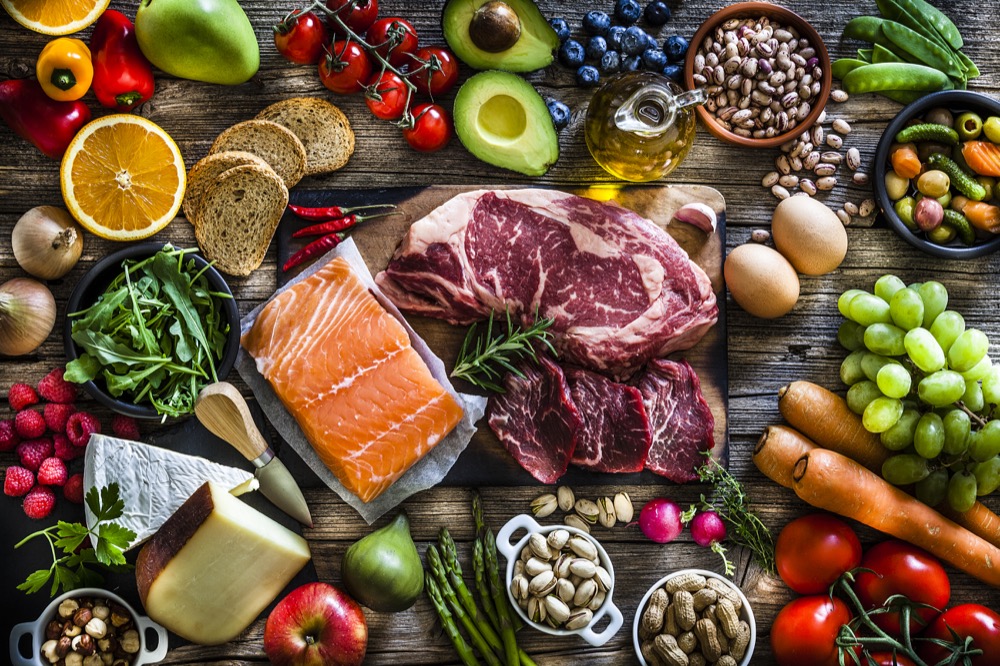
What Is Time Temperature Control For Safety Tcs

Lockout Tagout Think Before You Start Performing Maintenance Or Servicing Lockout Tagout Workplace Safety Health And Safety
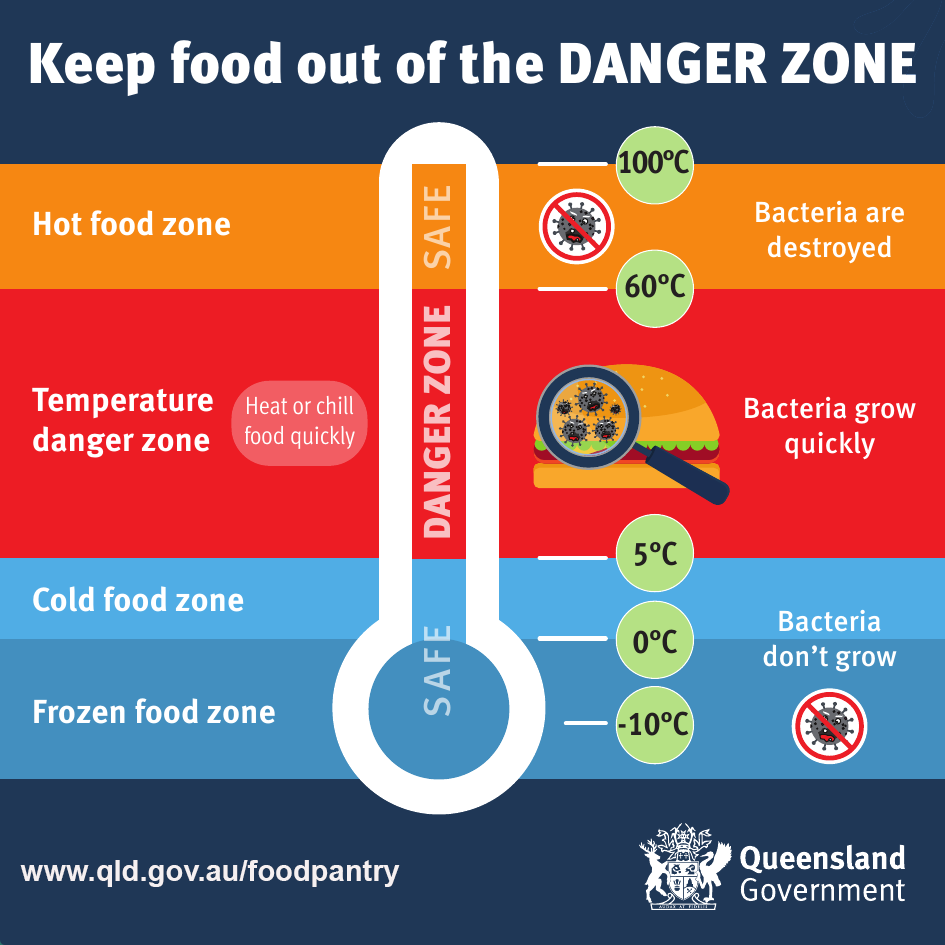
Potentially Hazardous Foods Health And Wellbeing Queensland Government
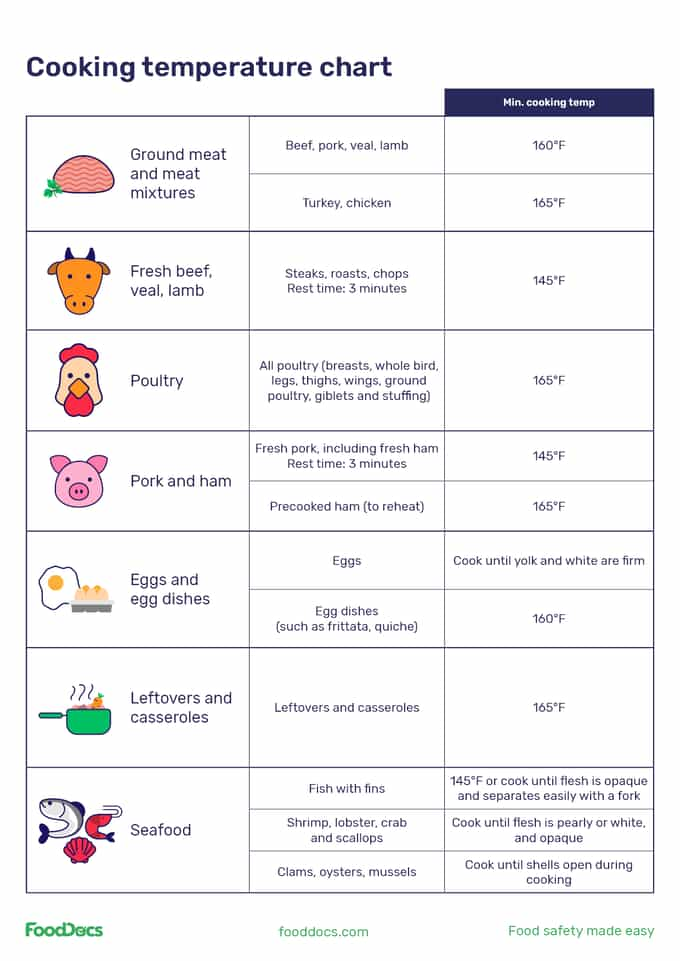
What Is The Temperature Danger Zone For Food
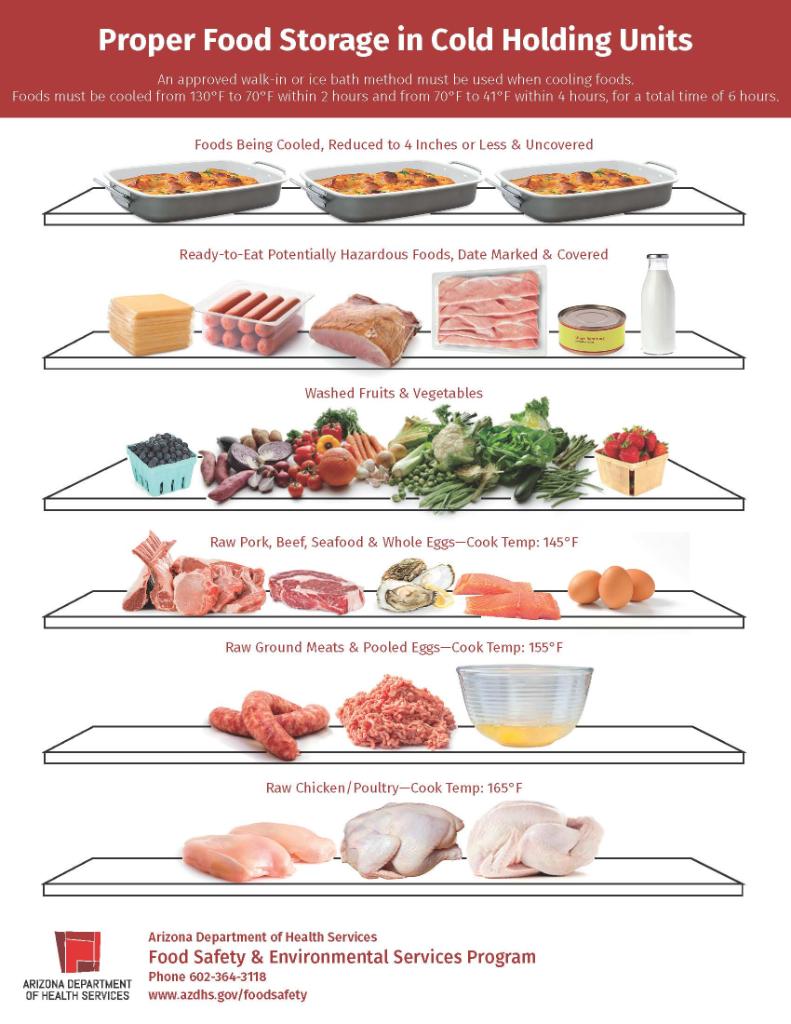
Twitter 上的 Az Dept Of Health Forget The Labels On The Refrigerator Bins For Food Safety Store Foods In Your Refrigerator According To Cook Temperature With Foods Requiring The Highest Cook Temperatures
